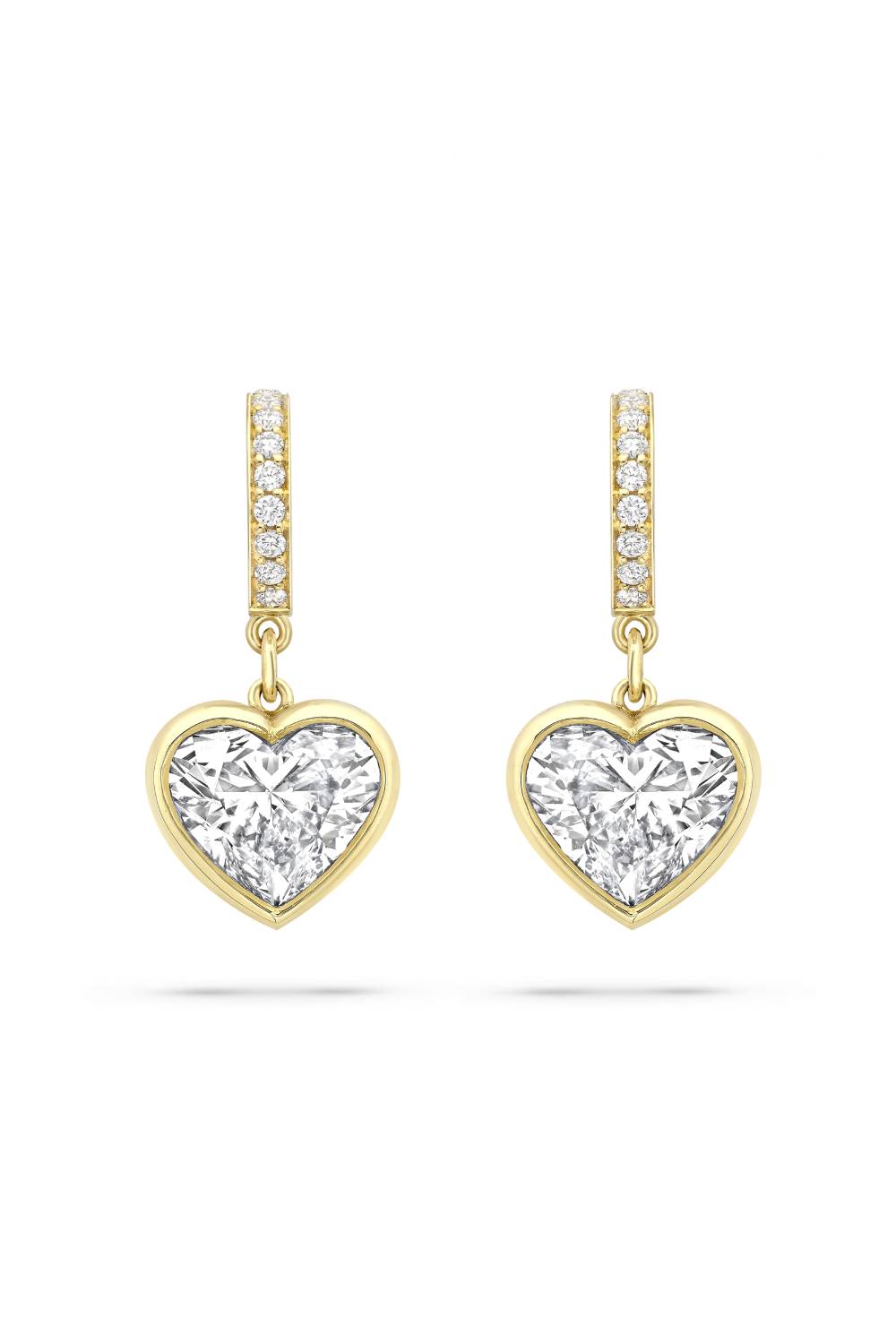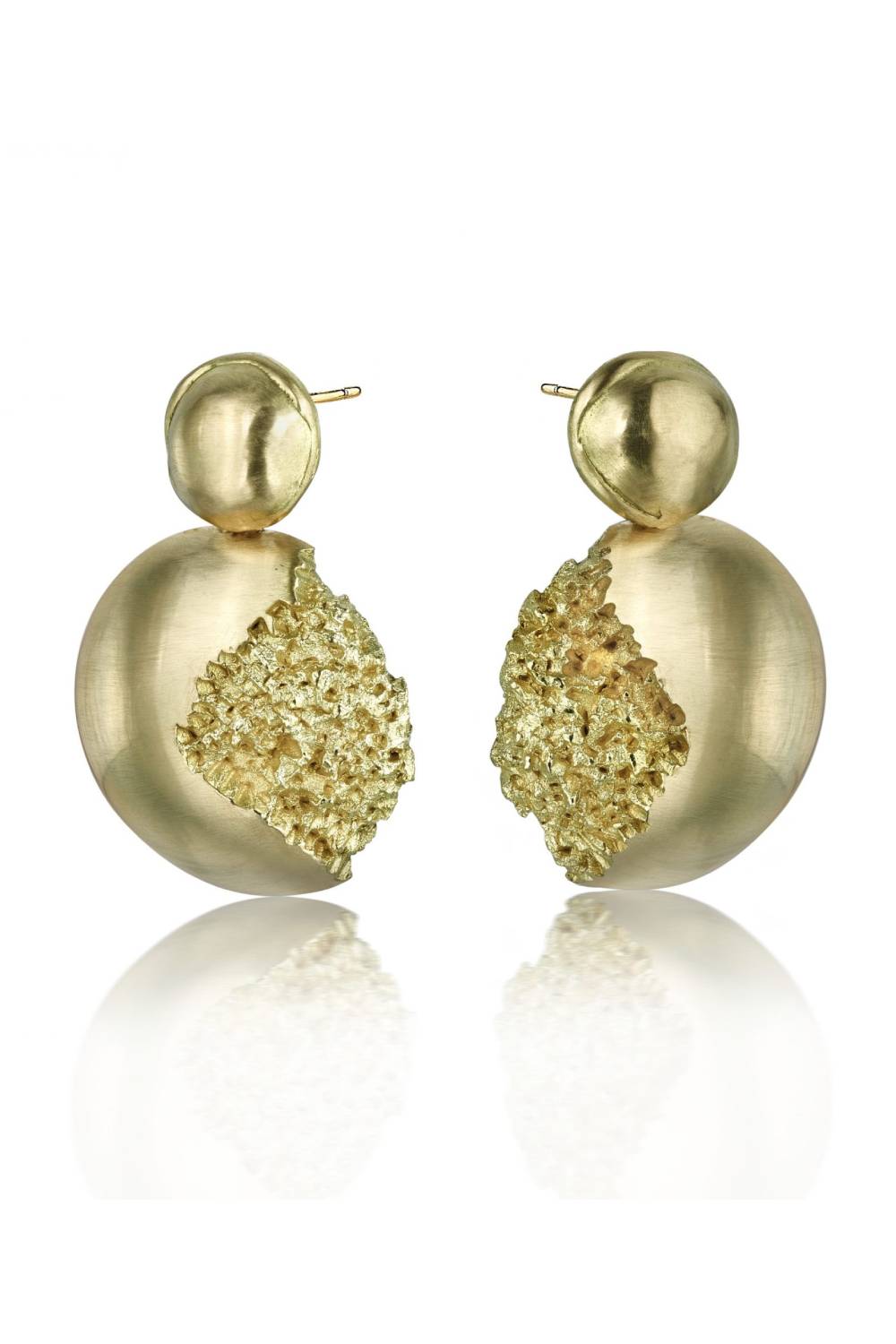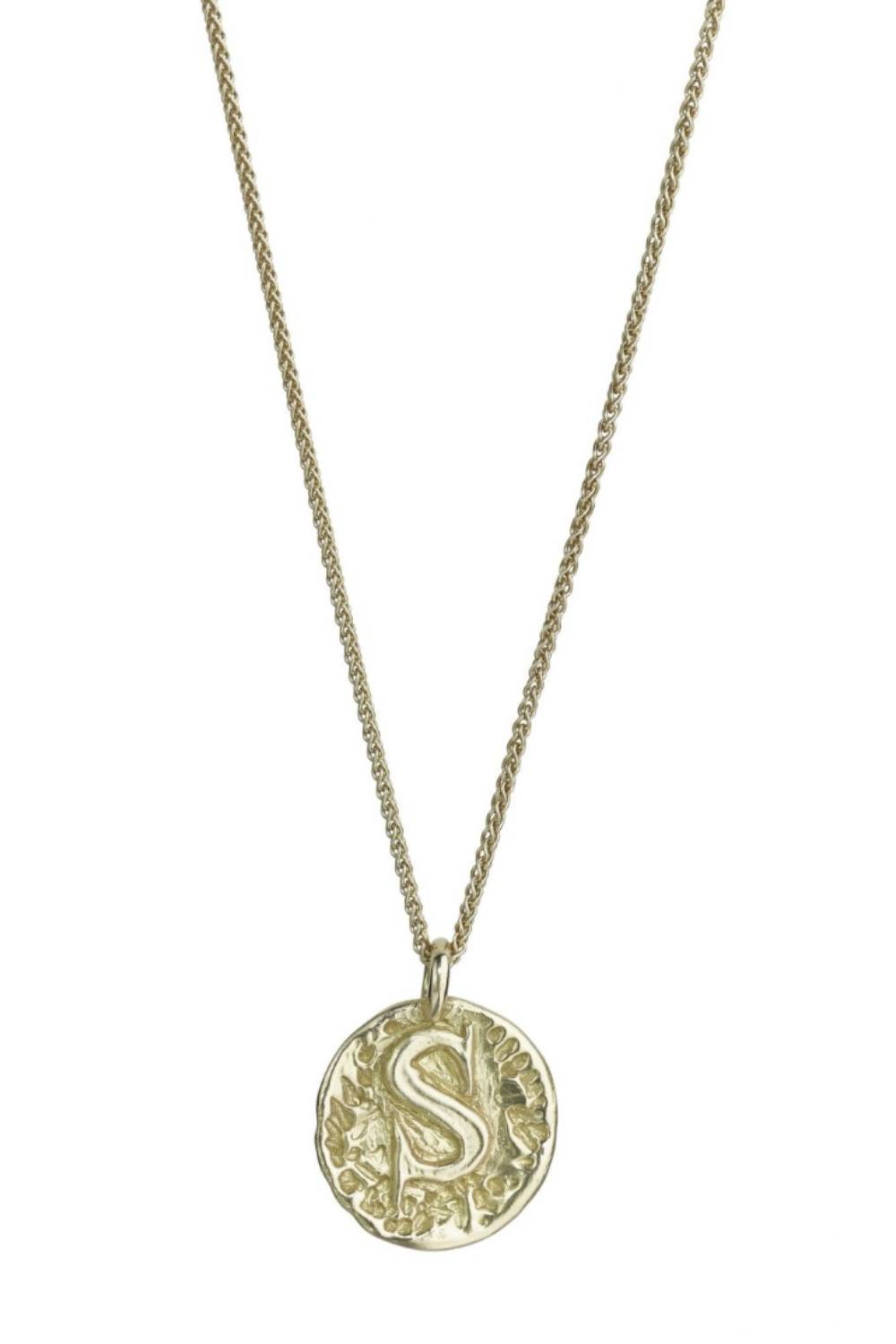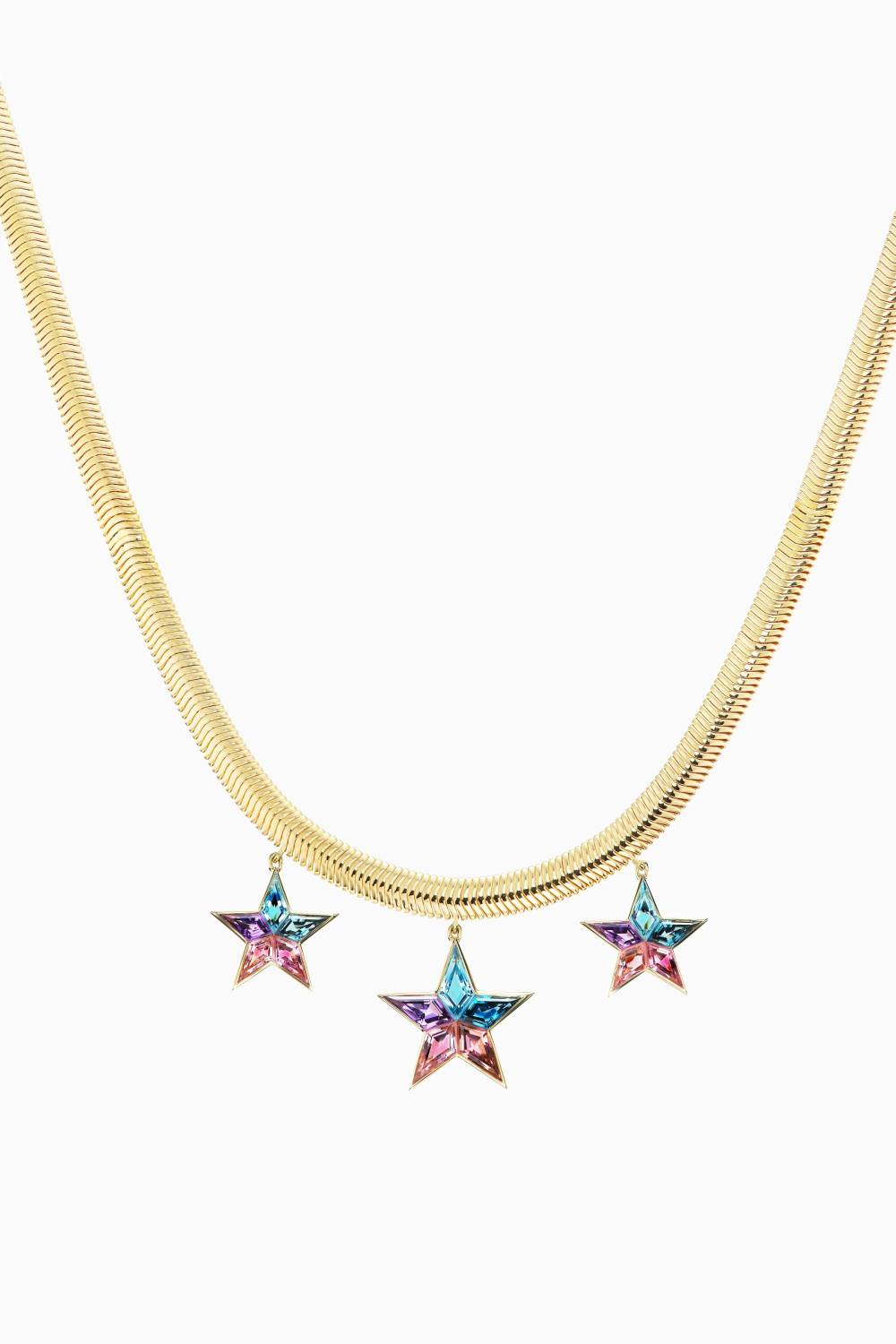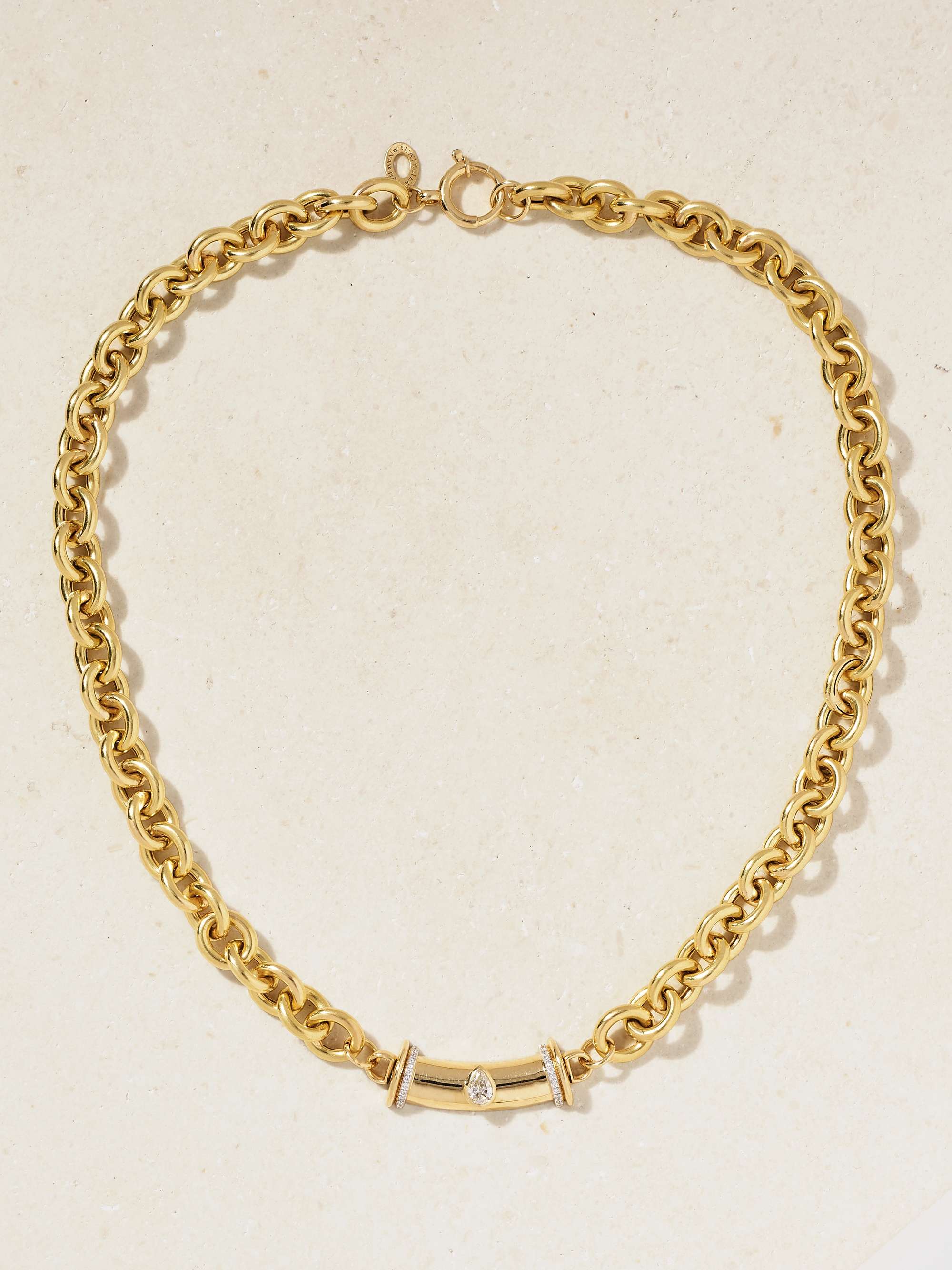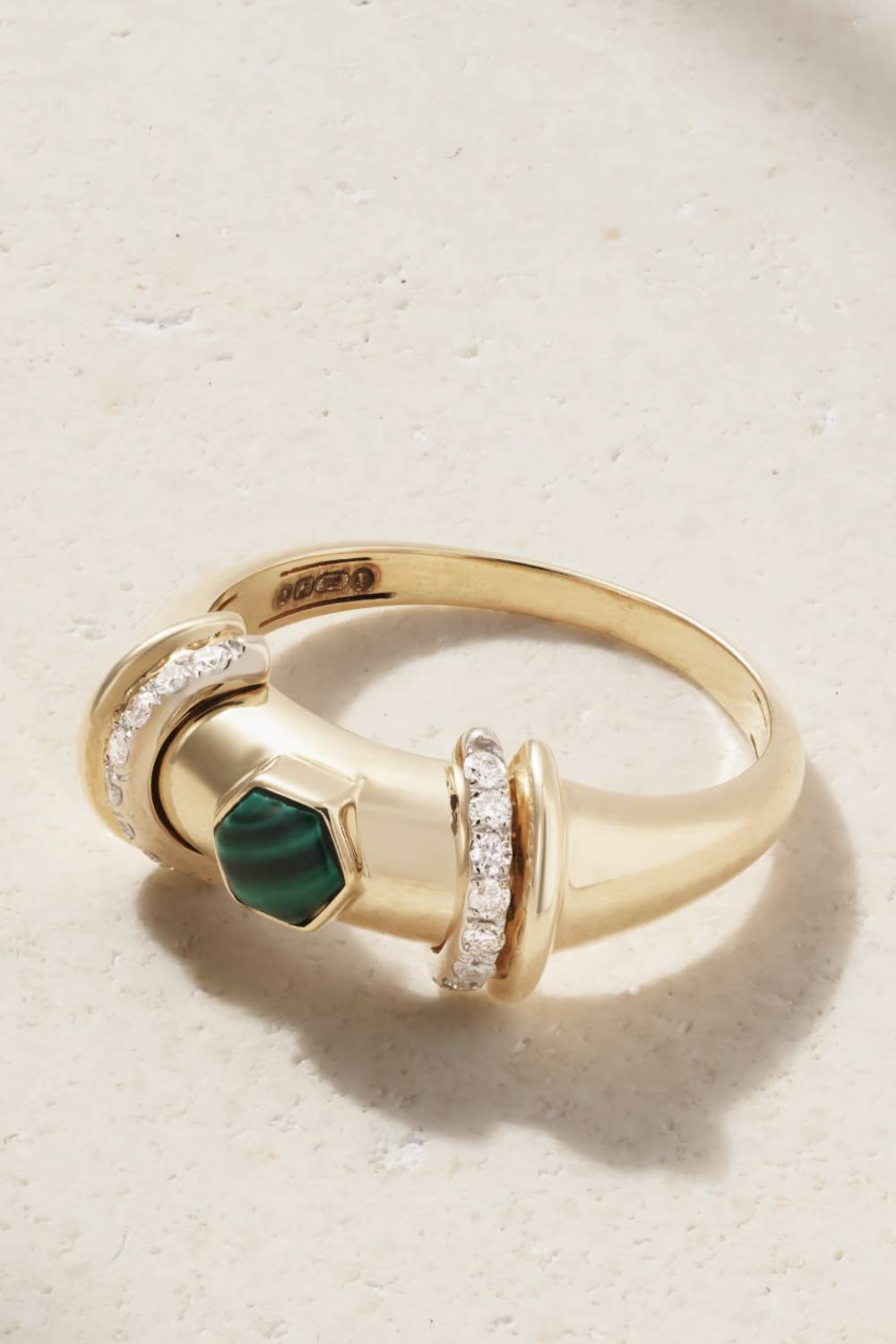What is Single Mine Origin gold and why does it matter?
The truth about 'dirty gold'
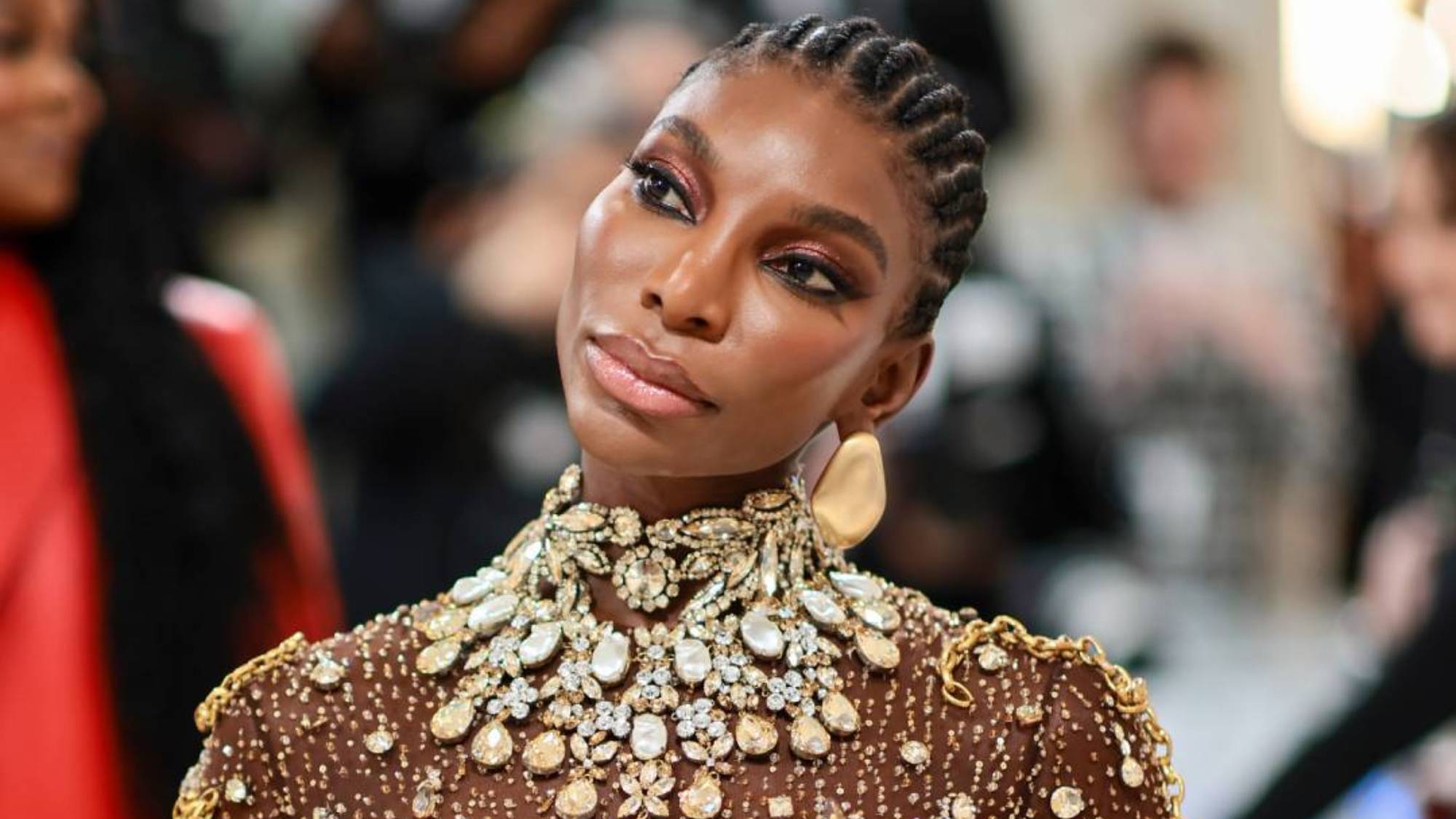

Thanks to Leonardo DiCaprio’s performance in the film of the same name, we all know the phrase ‘blood diamonds’ (referring to diamonds that have been mined in a war zone, or sold to fund conflict). But what about ‘dirty gold’?
Ask a jeweller where their gold comes from, and most are unlikely to give you any solid answer. Some might say ‘recycled’, which means pretty much nothing. Gold is rarely thrown away due to its value, so it has always been ‘recycled’, and recycled gold means lots of different gold being thrown into one big provenance-erasing melting pot (sometimes with intent by those who wish to purposely hide its origin).
Others might tell you that it’s impossible to know – an insurmountable but universal problem that they can, sadly, do nothing about. This, however, is not true. While the majority of gold is untraceable because of the way the industry is set up (and therefore, difficult to know whether your gold has come from a legitimate source or a war zone, such as the gold rush funding Sudan’s civil war as exposed by The New York Times in December), it is not impossible to trace it back to its origin.
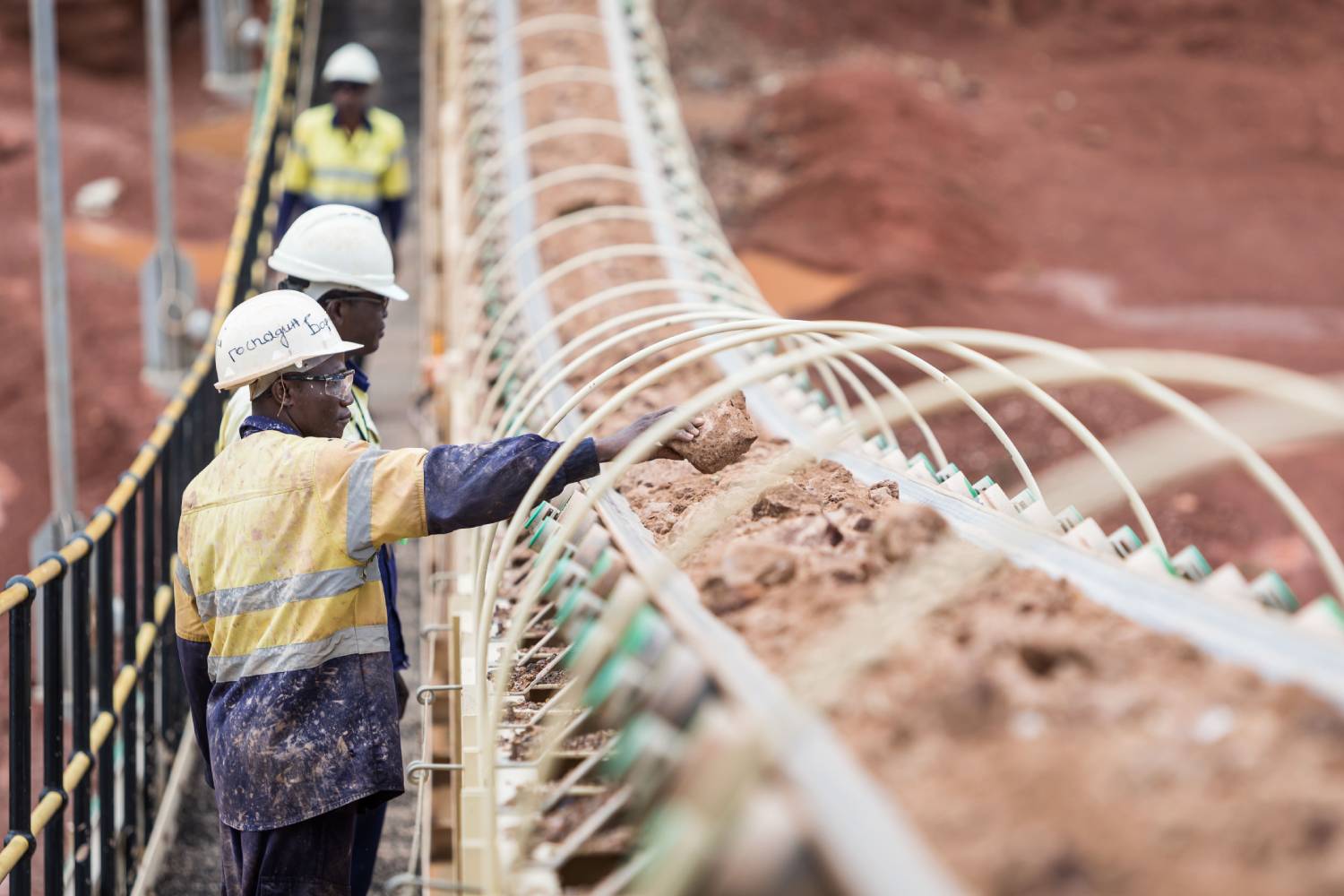
Fairtrade artisanal gold miners
Some schemes have emerged to help us know where the gold in our engagement rings, hoops and chains comes from. Fairtrade certifies artisanal gold miners, in much the same way they do coffee or banana farmers, so that you know the miners are paid a fair price and have safe working conditions. Fairmined is an alternative scheme that works in the same way, with both organisations adding a premium to the price of the gold that is invested back into the communities. Many jewellers, including Chopard, work with these metals, or can source Fairtrade or Fairmined gold designs on request.
While these schemes offer a fantastic way to support mining communities with your shopping choices, they have limitations. Such small-scale mines account for only 20% of the world’s gold supply, according to the UN Environment Programme, and an even smaller percentage would be of the standard to achieve Fairtrade or Fairmined certification.
To really tackle the problem, a bigger solution is needed: enter Single Mine Origin (SMO) gold. This certification scheme was launched in 2017, and works with larger commercial mines to set up steady supplies of gold that can be traced back to individual mines. These mines are vetted by SMO’s parent company The Betts Group, a family-run metals refinery business that has been operating out of Birmingham since 1760.
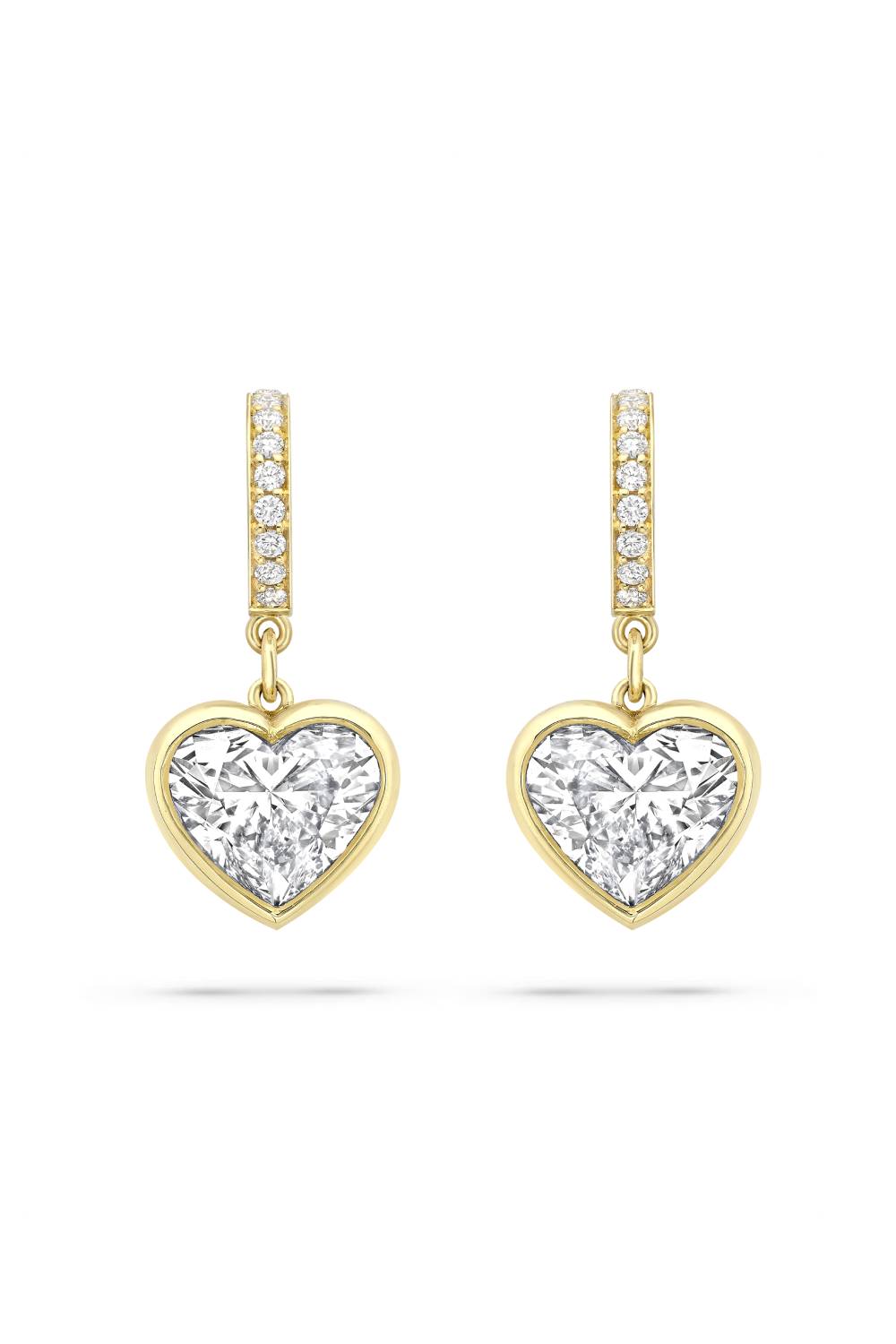
Boodles Gold Heart Earrings
“No mine is perfect in every area, but we try and find ones that are responsible, and have a really interesting story to tell,” says Charlie Betts, managing director of The Betts Group. “We've never wanted to be judge and jury what of what good and responsible is, but at some point you do have to make some subjective judgments.”
Celebrity news, beauty, fashion advice, and fascinating features, delivered straight to your inbox!
Firstly, the mines need to be a member of an internationally recognised responsibility standard that is independently audited – this is the minimum barrier to entry. Then, SMO takes other factors into consideration when choosing mines to back. This could relate to a strong environmental programme, investing in the local communities, or creating workplaces that empower women.
“We want to drive standards higher within [commercial gold mining] by giving this lens of accountability and traceability,” says Betts. “If you don't know where something came from, you absolutely can't understand whether it's had an impact – positive or negative. You don't have to Google very hard to find some pretty depressing stories about gang-controlled gold, illegal gold mining operations, terrible mercury pollution, and how that gold is getting into the legitimate supply chain. [Jewellery] is an incredibly emotive purchase, [especially] a wedding ring or an engagement ring. I don't think you want the sort of potential negative connotations.”
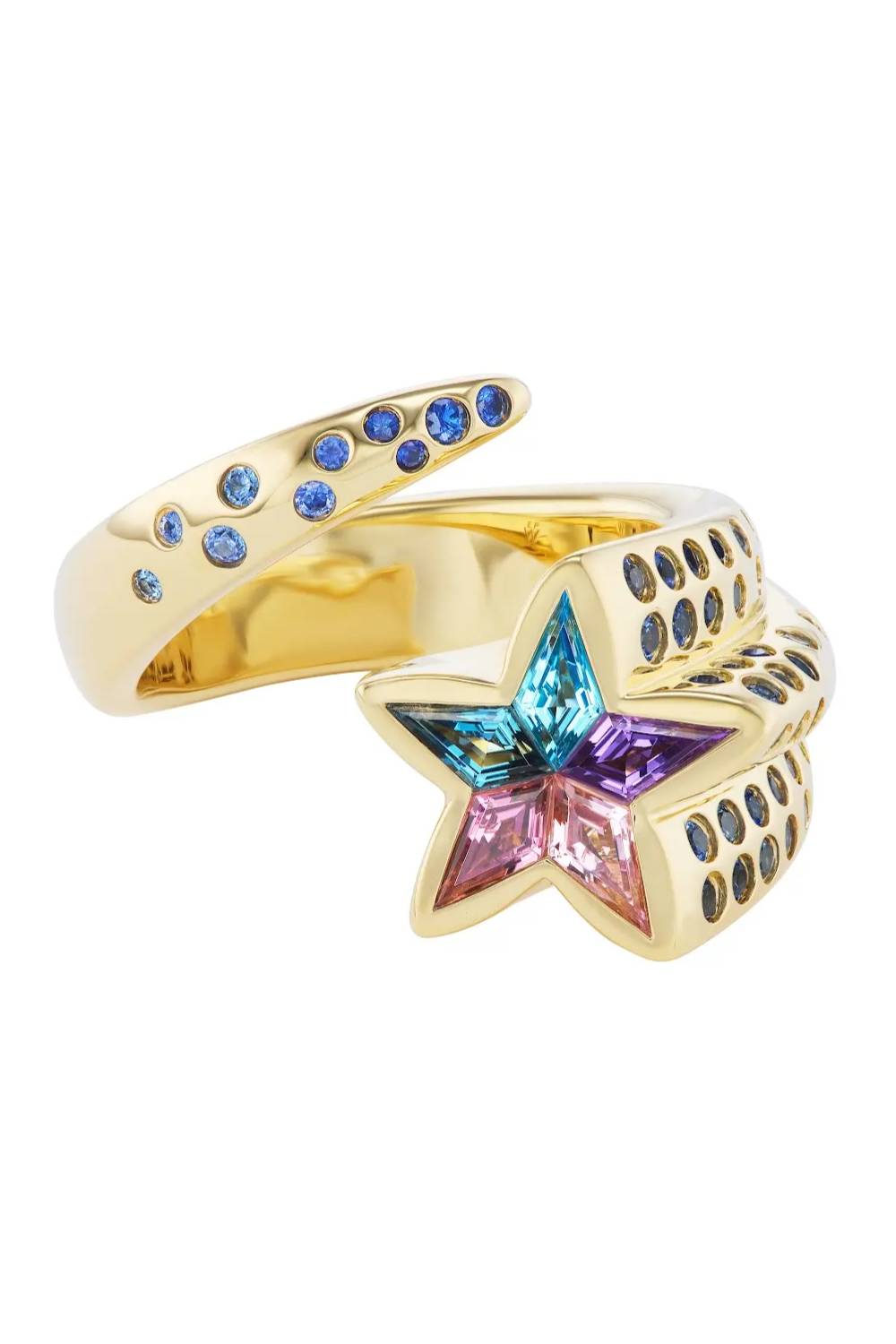
Emily P Wheeler Shooting Star Ring
Betts Metals has created an innovative QR code that you receive when you buy a piece of jewellery made with SMO gold. Scanning it will tell you the exact mine your gold came from, and allow you to dig into all the ethical and sustainability stats. “They can see how much is being spent, what the carbon emissions are, the kind of community projects ongoing, or the healthcare initiatives,” says Betts.
British jeweller Boodles has been so impressed that it has switched over all of its jewellery to SMO gold. “SMO gold aligns perfectly with our commitment to traceability, ethical sourcing, and positive social impact,” says Honour Wainwright, director of Boodles (another family-owned business that has been buying precious metal from the Betts family for more than a century). “By switching to SMO, we ensure that every piece of jewellery tells a meaningful story of provenance, where our customers can be confident that their purchase contributes to the wellbeing of those working and living in these mining regions.”
The list of jewellers using SMO gold is growing, and includes Fernando Jorge, Messika, L’Atelier Nawbar, Emily P. Wheeler, and Stephen Webster. The fully traceable gold has also made an appearance on the red carpet, courtesy of Michaela Coel at the Met Gala last year [2023]. The actress accessorised a sparkling Schiaparelli gown with earrings, rings and a hairpiece crafted by jeweller Emefa Cole in SMO gold. The jewels were made using gold from the women-led Ity Mine in Côte d'Ivoire, which Emefa Cole chose specifically because it provides “vital social, environmental and cultural support to local communities”.
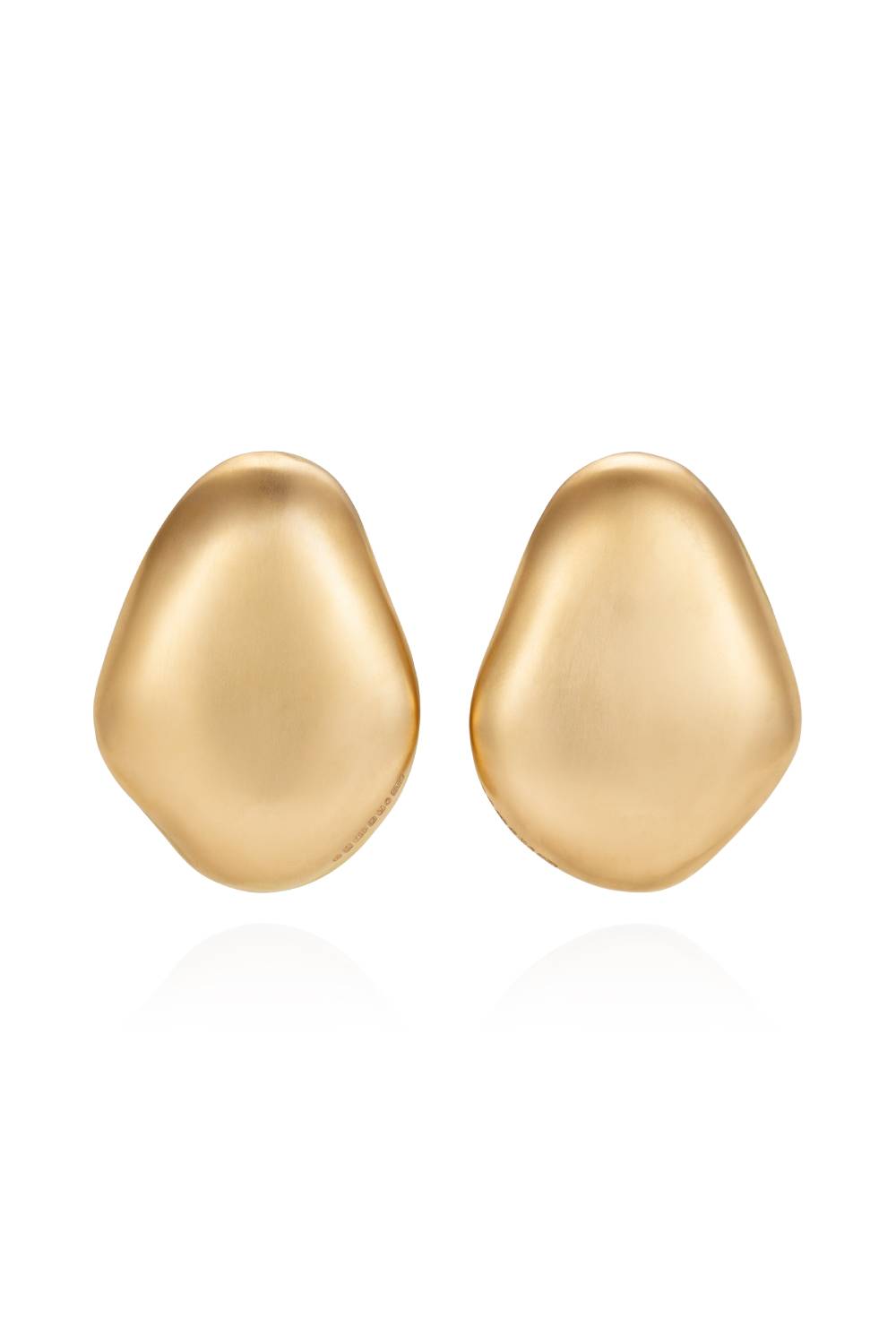
Emefa Cole Earrings
As Michaela Coel herself said after wearing the SMO gold on the red carpet: “There is no greater feeling to know that your choices can impact women in Africa, like we’ve done with this collaboration.”
SHOP OUR SMO GOLD FAVOURITES
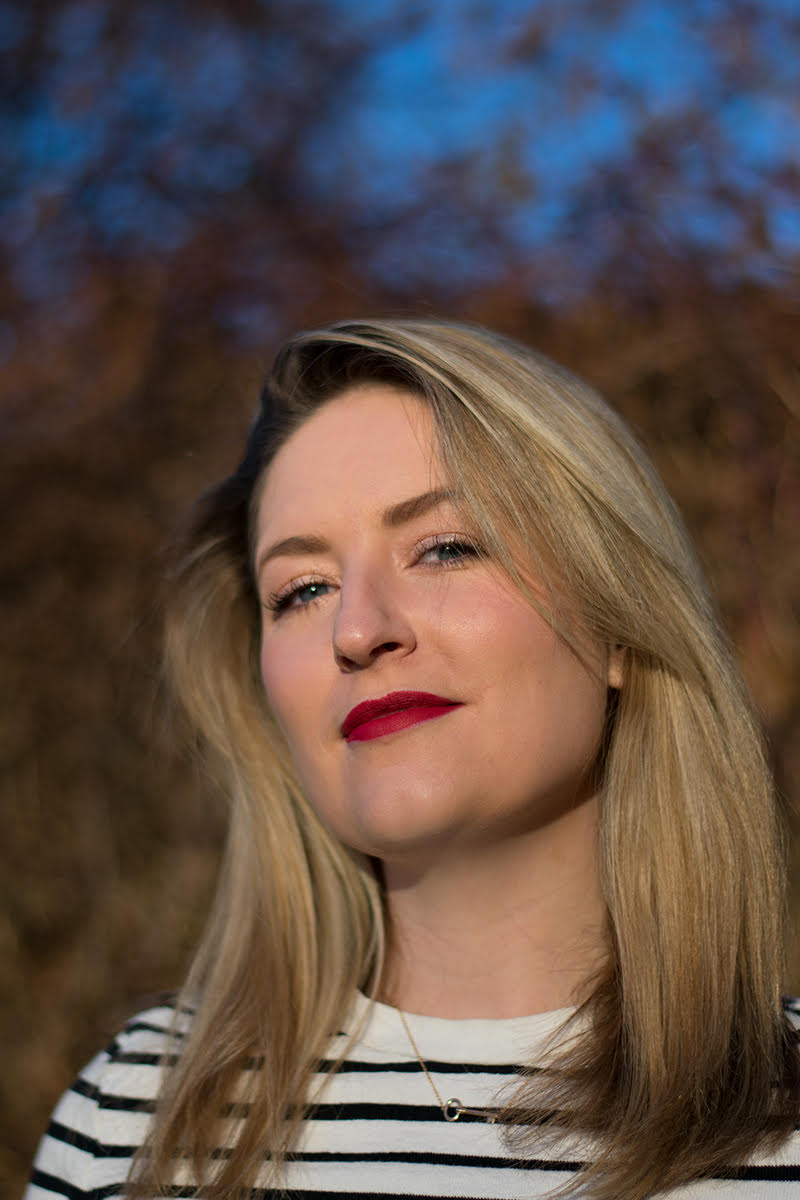
Rachael Taylor is a British freelance jewellery journalist, author of six books on jewellery and watches, and contributor to global publications including The Financial Times. A sought-after speaker, consultant, and judge at prestigious jewellery awards, she made history in 2022 as the first female ambassador for The Goldsmiths’ Craft & Design Council. Originally from Scotland, she now lives in Brighton with her two sons.
